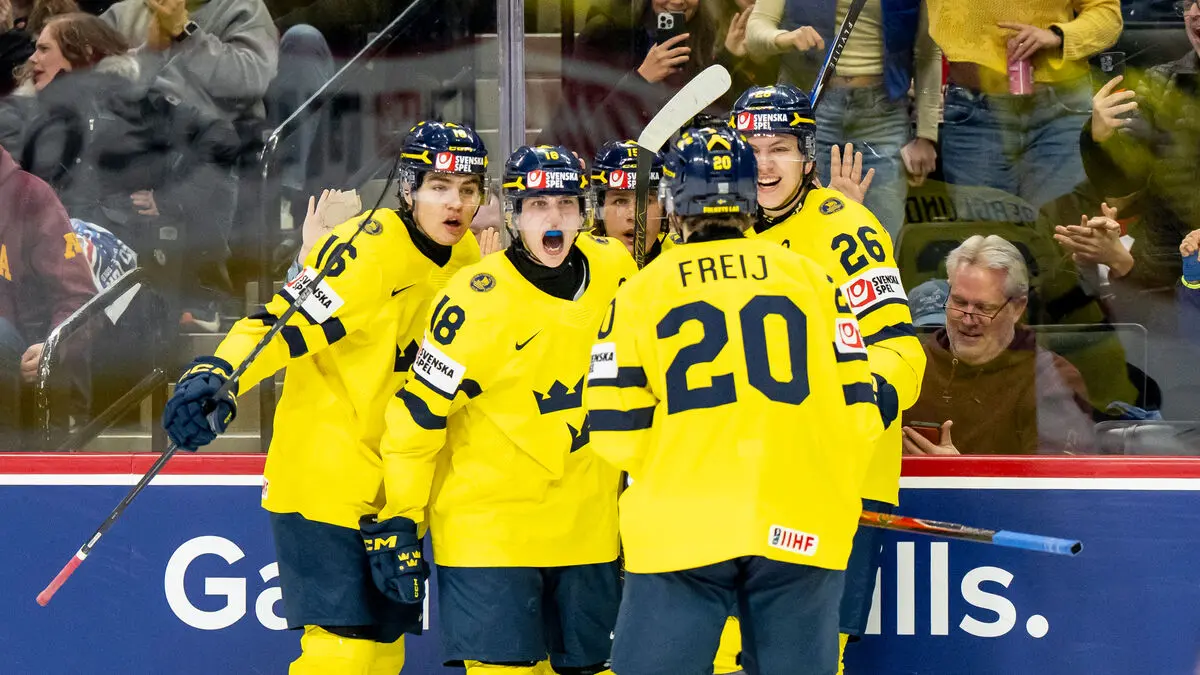The European Central Bank's (ECB) so-called deposit rate – the most important policy rate – is expected to be lowered to 3.50 percent this week. And the ECB is expected to continue downward to 2.50 percent by September 2025, according to a fresh analyst survey conducted by Bloomberg.
The ECB's other policy rates are expected to be lowered significantly more. This is because the ECB has signaled that the gap between the levels of the different policy rates should decrease.
But the ECB is far from alone in being on its way to reducing the interest rate pressure.
The Swedish Central Bank is expected to halve the policy rate
The Swedish Central Bank has already made two rate cuts this year, to a policy rate of 3.50 percent, one step ahead of the ECB. And the board of directors is also expected to lower the rate in the next interest rate decision, which will be announced on September 25.
Riksbank Governor Erik Thedéen has signaled that he sees three rate cuts this year as the most likely scenario. But in the pricing of the interest rate market, it points to four rate cuts this year – down to 2.50 percent. And the rate cuts are expected to continue. The market believes that the policy rate will have halved to 1.75 percent in a year.
The banks' variable mortgage rates, the most common binding period for mortgages, usually follow the policy rate. And if the mortgage rate on a mortgage of three million kronor were to decrease by 1.75 percentage points, the interest cost for the loan would decrease by 52,500 kronor per year or 4,375 kronor per month – if you disregard the effects of interest deductions.
The most important interest rate decision for the world economy will, however, be the one that the US central bank Federal Reserve (Fed) delivers on September 18. A rate cut of 0.25 percentage points is also expected there. But after a series of unexpectedly weak economic reports in the US, speculation has begun about a so-called double cut of 0.50 percentage points.
Highest US interest rate in over 20 years
Patience is no longer what is required after the latest round of statistics, what is required is action, said Fed member Christopher Waller on Friday, according to Bloomberg.
The statement was made after a report showed significantly fewer new jobs than expected in the US in both July and August.
The Fed has had a policy rate of 5.25-5.50 percent for over a year – after the unusually rapid rate hikes in 2022-2023. This is the highest interest rate level in the US in over 20 years.
Thursday, September 12: European Central Bank (ECB)
Friday, September 13: Russia's central bank
Wednesday, September 18: Indonesia's central bank, US central bank Federal Reserve (Fed), Brazil's central bank
Thursday, September 19: Norway's central bank, UK's central bank Bank of England, Turkey's central bank, South Africa's central bank
Friday, September 20: China's central bank (1-5 year rates), Japan's central bank
Tuesday, September 24: Australia's central bank
Wednesday, September 25: Riksbanken
Thursday, September 26: Mexico's central bank
Wednesday, October 2: Iceland's central bank
Wednesday, October 9: India's central bank
Friday, October 11: South Korea's central bank
Source: Bloomberg






